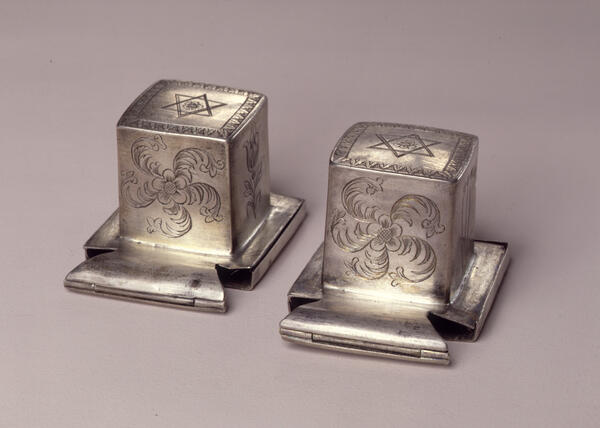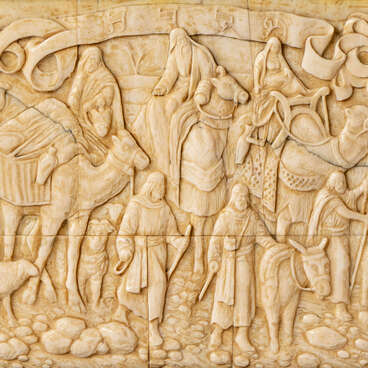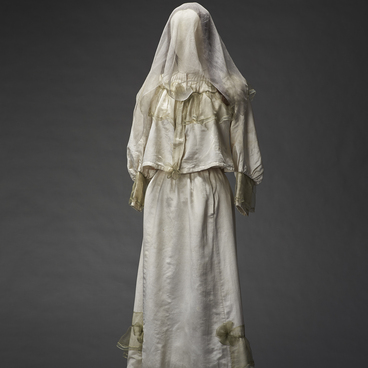The Jewish faith manifests itself in characteristic items and objects, each with its own sacred significance. These include the cloth yarmulke cap, the prayer shawl tallit, and the woman’s silk wig of artificial hair. Among them are the distinctive personal ritual accessories —phylacteries, or tefillin.
The term “phylactery” is translated from Greek as a “keeper, amulet”, and “tefilla” in Hebrew is a “prayer”. A phylactery is an element of a Jew’s prayer vestment, a constant reminder of the presence of God. The daily wearing of tefillin is one of the Torah commandments that all adult men must observe. This is when they should be fully aware of God’s will and authority over them.
Phylacteries are two boxes with parchments which have four passages from the Torah written on them. According to tradition, God comes to earth and performs miracles at times when people lose faith and sink into atheism. The Almighty performed a miracle for the Jews when He led them out of Egypt, where they lived in fear and oppression. Phylacteries serve as a reminder of God’s power, the miracle which the Jewish people witnessed and which gave life to their religion.
Phylacteries were obligatory during morning prayer, except on the Sabbath and holidays. They were fastened with long leather straps to the head and left arm, so that one box was parallel to the heart and the other to the forehead. According to Jewish tradition, tefillin is to affect the heart, hand, and mind in order to shield the Jew from sin and temptation, and to direct all his thoughts to serving God.
The boxes, parchment, and fastening straps were made from the skin of kosher animals and dyed black. There were special knots with which the straps were to be fastened on the body, but these varied from community to community. Wealthy Jews commissioned silver and jeweled cases for their phylacteries.
In the Austro-Hungarian Empire in the first half of the 19th century, expensive silver boxes were engraved, like the items from the collection of the Russian Museum of Ethnography.
The term “phylactery” is translated from Greek as a “keeper, amulet”, and “tefilla” in Hebrew is a “prayer”. A phylactery is an element of a Jew’s prayer vestment, a constant reminder of the presence of God. The daily wearing of tefillin is one of the Torah commandments that all adult men must observe. This is when they should be fully aware of God’s will and authority over them.
Phylacteries are two boxes with parchments which have four passages from the Torah written on them. According to tradition, God comes to earth and performs miracles at times when people lose faith and sink into atheism. The Almighty performed a miracle for the Jews when He led them out of Egypt, where they lived in fear and oppression. Phylacteries serve as a reminder of God’s power, the miracle which the Jewish people witnessed and which gave life to their religion.
Phylacteries were obligatory during morning prayer, except on the Sabbath and holidays. They were fastened with long leather straps to the head and left arm, so that one box was parallel to the heart and the other to the forehead. According to Jewish tradition, tefillin is to affect the heart, hand, and mind in order to shield the Jew from sin and temptation, and to direct all his thoughts to serving God.
The boxes, parchment, and fastening straps were made from the skin of kosher animals and dyed black. There were special knots with which the straps were to be fastened on the body, but these varied from community to community. Wealthy Jews commissioned silver and jeweled cases for their phylacteries.
In the Austro-Hungarian Empire in the first half of the 19th century, expensive silver boxes were engraved, like the items from the collection of the Russian Museum of Ethnography.



